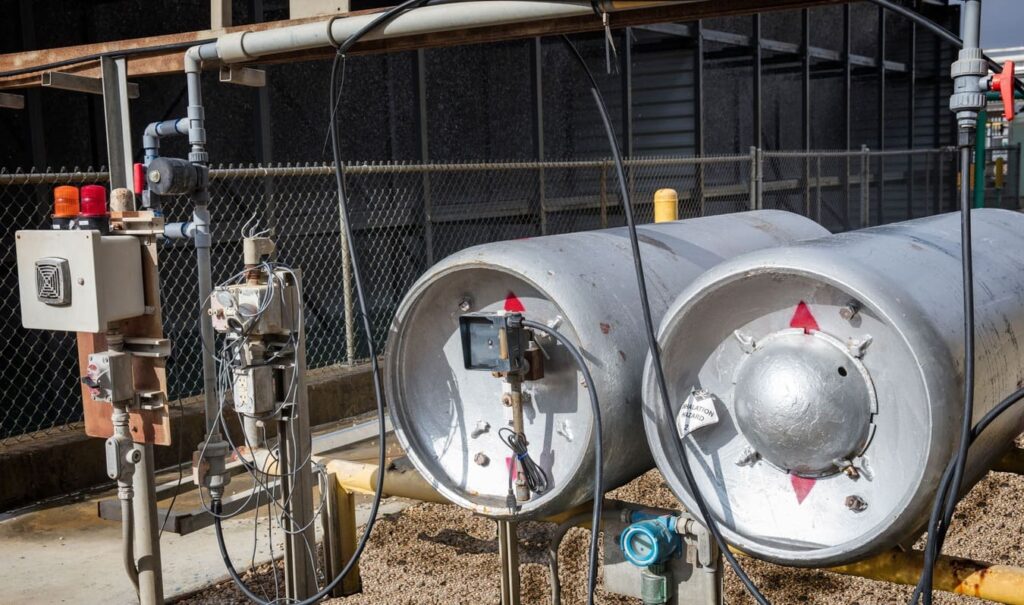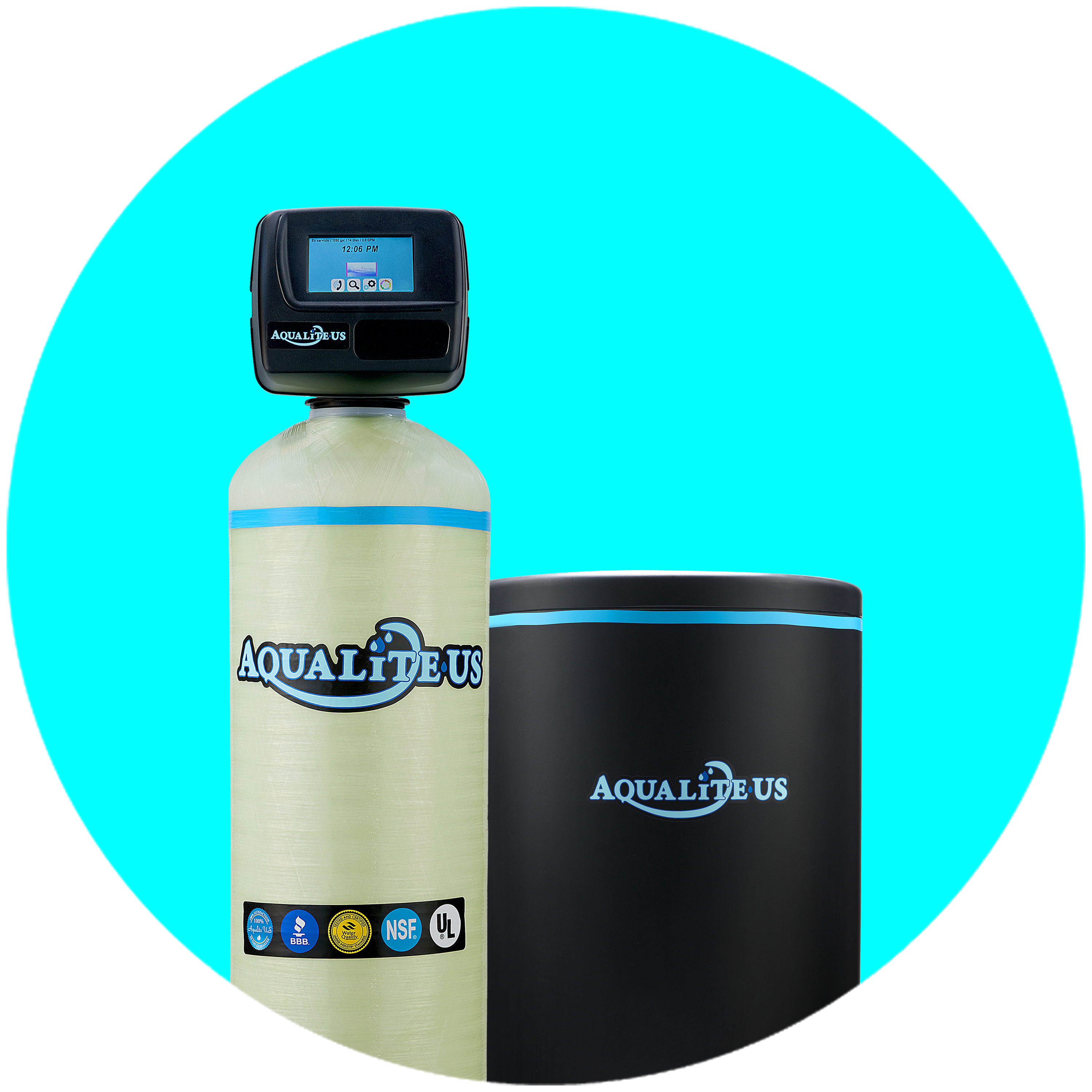If you’ve ever noticed a strange taste or smell coming from your tap water, chances are it’s due to chlorine. This post will explain what chlorine is, how it gets into your water supply, and what the dechlorination process looks like.
If you’ve ever noticed a strange taste or smell coming from your tap water, chances are it’s due to chlorine. Chlorine is one of the most common disinfectants used in municipal water treatment processes, and while it’s generally safe for consumption, there are still things you should know about it. This post will explain what chlorine is, how it gets into your water supply, and what the dechlorination process looks like.
What Is Chlorine?
Chlorine is a chemical element that has been used for centuries as a disinfectant for drinking water supplies. It kills bacteria and other pathogens that can contaminate our drinking source before it reaches our homes. When added to water, chlorine forms hypochlorous acid—a powerful sterilizing agent—which helps keep our tap water safe from harmful bacteria and contaminants.

How Does Chlorine Get into Our Water Supply?
To ensure safe drinking water for citizens, cities around the United States carefully adjust their municipal water treatment processes, ensuring an optimal level of protection from contaminants.
Chlorine gas is injected into the water supply during filtration, while sodium hypochlorite is added after filtration. The amount of chlorine needed to disinfect a particular water source depends on its quality and size. Generally speaking, more chlorine is required for larger sources of contaminated water.

What Is Dechlorination and What Does It Do?
Once the chlorine has been added to the source, it should be reduced before drinking or using it for other purposes, such as washing dishes, bathing, or drinking. The process of reducing chlorine from your home’s water is known as dechlorination.
Dechlorination involves utilizing a specialized filtration system that either adsorbs or converts chlorine into harmless byproducts like chloride ions or organic compounds such as carbon dioxide and ethanol. The ideal method for dechlorinating your home’s tap water will depend on whether you have an existing filtration system or need to install one from scratch.
A water filtration system is the best way to ensure that tap water is safe to drink and use. Having a water filtration system can help protect you from any health-related risks associated with chlorine in drinking water and improve its taste and odor.

Conclusion:
Chlorine has been used for centuries as a disinfectant for drinking water sources, and it’s an essential part of keeping our tap water safe to drink. Understanding what chlorine is, where it comes from, and how it can be reduced are all important steps for avoiding any potential health risks associated with its presence in your tap water supply.
Nevertheless, dechlorinating your home’s tap water is always a good idea to ensure your family has access to clean and healthy water. Installing a water filtration system specifically designed to reduce chlorine is an effective way to help ensure that your family enjoys clean and fresh-tasting drinking water all year round!



